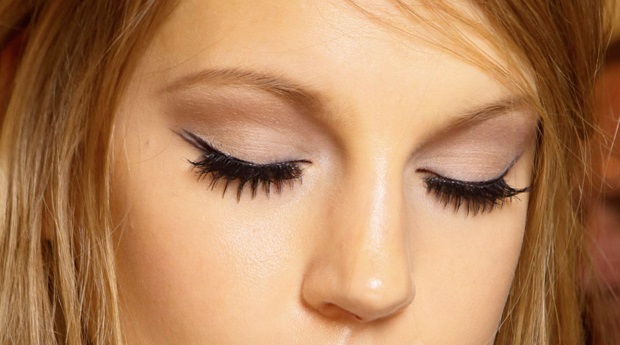Eyelash extensions process involves applying individual synthetic or mink eyelashes to the natural lashes with a special glue. This can give you long, luscious lashes that look beautiful and last for weeks. However, while they may be aesthetically pleasing, there is also the potential risk of infection when using eyelash extensions. In this article we will explore what kind of infections can be caused by eyelash extensions and how to prevent them from happening in the first place.
Can eyelash extensions create an eye infection?
When done correctly, lash extensions should not cause any problems or infections. However, if they are applied incorrectly or if poor quality materials are used, then it is possible that an eye infection could occur. Some of the most common causes of infections include:
- improper application techniques
- using low-quality adhesives
- incorrect aftercare instructions
- reactions to the adhesive itself (such as allergic reactions)
Infections caused by lash extensions typically happen around two weeks after application when bacteria starts to build up due to lack of proper cleaning and care for your eyes and lashes. If you notice any signs or symptoms such as redness, swelling or itching near your eyes after having lash extensions applied then it’s important to seek medical attention immediately in order to avoid further complications down the line.
What kind of infection can this cause?
The type of infection depends on how quickly it is treated but some common ones associated with lash extension use include conjunctivitis, blepharitis and styes.
Conjunctivis
Conjunctivitis (or pink eye) is an inflammation of the thin membrane covering the white part of your eye (the conjunctiva). It usually occurs due to a bacterial or viral infection but can also be caused by allergies such as dust mites or pollen exposure, wearing contact lenses too often without proper cleaning, etc. Symptoms include redness in both eyes along with discharge, which may have a yellowish tinge to it, accompanied by an irritating/itching sensation around your eyes/eyelids area. It’s highly contagious, so make sure you don’t touch any other parts of your face until you receive treatment from a doctor who will likely prescribe antibiotic drops for you to take at home twice daily until symptoms subside completely.
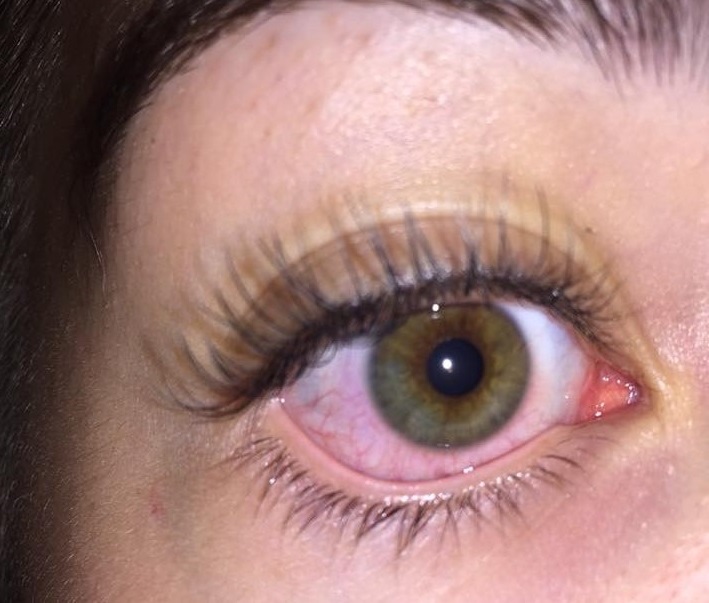
Blepharitis
Blepharitis is another common eye condition which occurs when tiny oil glands located at the base of each eyelid become blocked causing inflammation and irritation, leading to discomfort and pain in affected areas. It often appears as redness on either side or corner near the bottom lid, along with flaking skin and crusting around the eyes. Severe cases may even result in temporary loss of vision, so make sure you get yourself checked out immediately if these symptoms appear following the use of lash extensions. Treatment involves gently massaging over closed lids a few times daily, followed by warm compresses 3-4 times per day until all traces clear up completely. Additionally, make sure not to wear makeup while going through this process since that would further aggravate the situation, causing more damage than good!
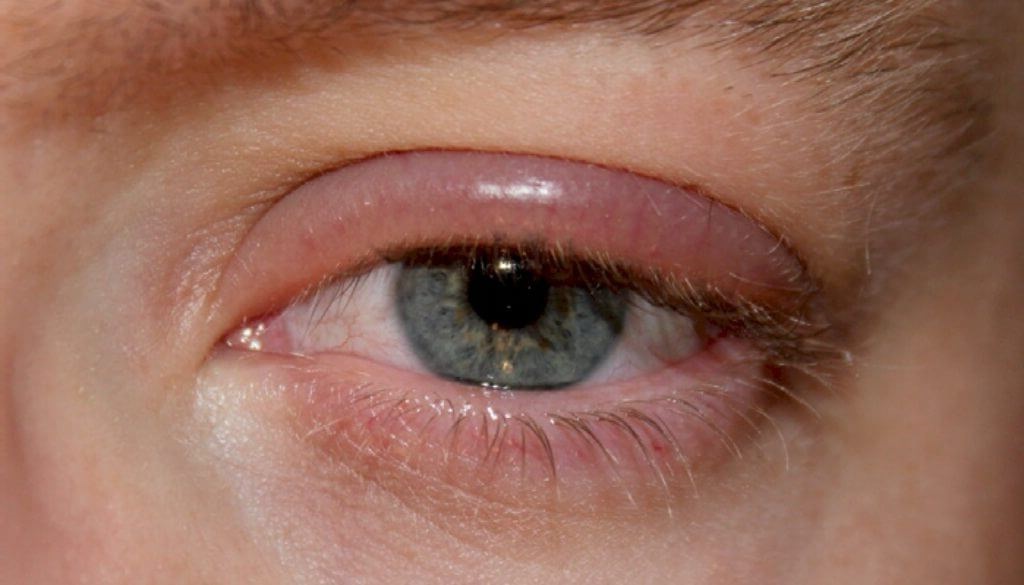
Stye
A stye is an infection of the eyelash follicles caused by bacteria. It appears as a red, swollen lump near the base of your eyelashes and can cause pain and discomfort in affected areas. Styes are typically treated with antibiotic ointments or drops applied directly to the affected area but if symptoms persist then you should consult with a doctor for further advice.
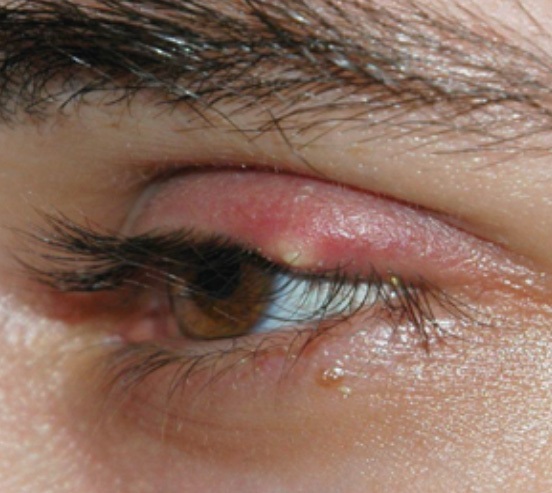
What are the signs I have an eye infection?
Common signs that you may have an eye infection include redness, swelling, itching, irritation and discharge from your eyes. Other more severe symptoms may include blurred vision, sensitivity to light and loss of vision in one or both eyes. If you experience any of these symptoms it’s important to seek medical attention immediately in order to prevent any further complications.
How do you treat infected eyelash extensions?
If you suspect that your lash extensions are causing an infection, then it’s best to remove them immediately before seeking medical attention. Once they’ve been removed, make sure to cleanse your eyes thoroughly with a gentle cleanser twice daily until all traces of the infection have cleared up completely. Additionally, try not to wear makeup while going through this process since that could further aggravate the situation, causing more harm than good!
It’s also important that you follow up with regular check-ups at your local optometrist even after all symptoms have subsided, just in case there were any underlying issues that need addressing, such as dry eye syndrome or allergies, etc.
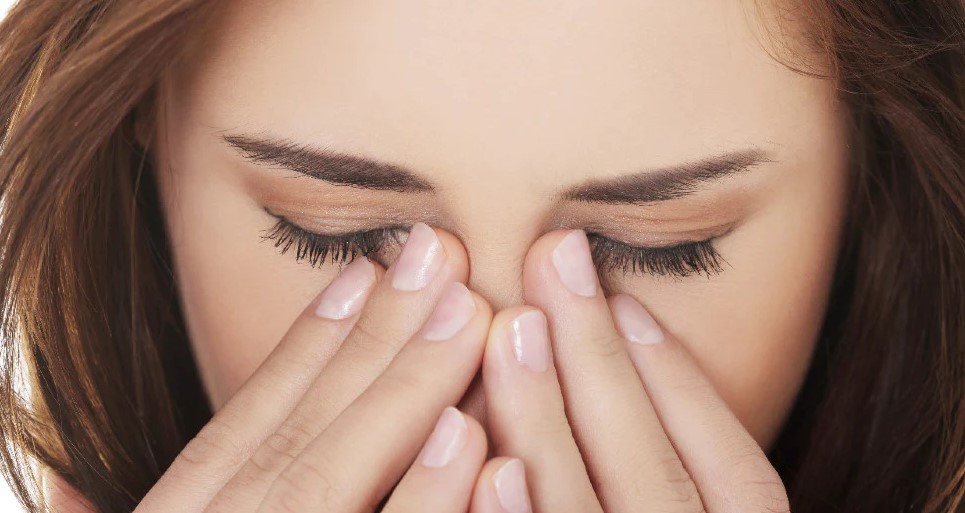
How to prevent eyelash extensions infections
The best way to avoid getting an eye infection from lash extensions is by making sure they are applied correctly using only high-quality materials and adhesives specifically designed for use on lashes (avoid using general-purpose glues). Also, make sure whoever applies them follows strict hygiene protocols such as washing their hands before application and cleaning brushes/tools between clients. Additionally, ask about what kind of adhesive will be used beforehand so you can assess if there’s a potential risk for allergic reactions prior to application.
Furthermore, proper aftercare instructions must be followed closely, including refraining from rubbing/touching eyes excessively and keeping away from water/heat sources within the 48 hours post-application period so that the extension glue has enough time to set properly without disruption. Avoid maintaining contact lenses and wearing eye makeup during this timeframe! Lastly, remember to always cleanse gently around the lids twice daily using mild cleansers specifically made for this purpose so as not to irritate the delicate skin tissue around the area and help maintain optimal health condition in the long term!

